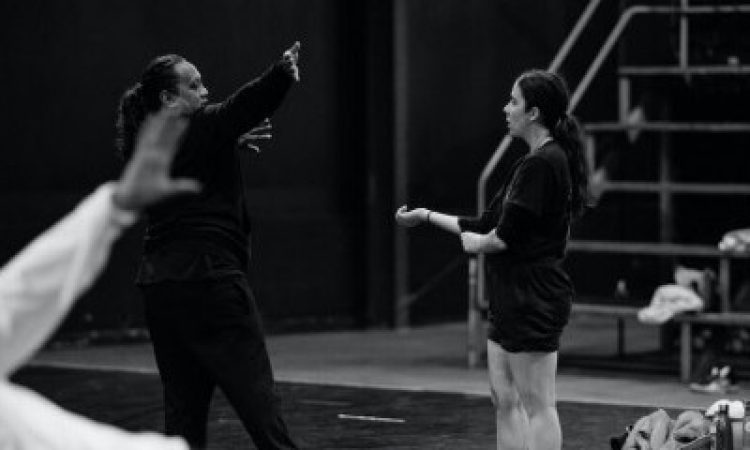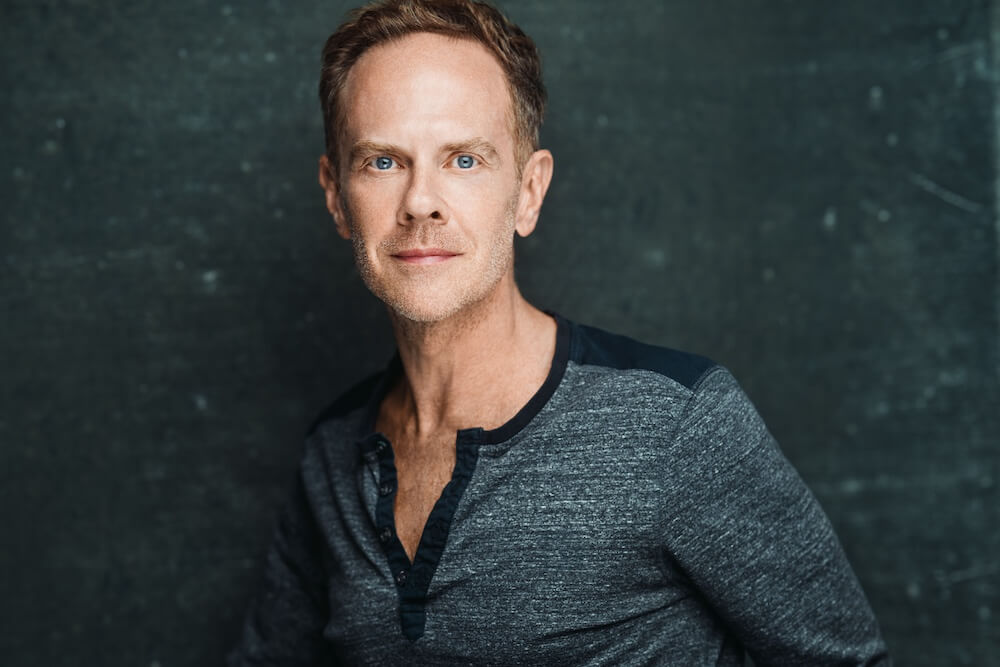“Ehara taku toa I te toa takitahi – engari he toa takitini ke!”
“My strength/being is not that of one person – but of thousands!”
“Decolonizing happens through people sticking to their truth, willingly reconnecting to their histories, their cosmologies, their lineages in order for the nation to recover empathy. Māori people can never be disconnected…Titiro ki muri, haere whakamua…look back, move forward.”-Jack Gray
Predating European colonization, Aotearoa’s indigenous community–the Māori people–built pā. Pā were earthen ancestral protective structures, like the body is to the soul, and they acted as a terraform conduits for mana; spiritual authority and prestige for the Māori people. Originally, the pā was utilized as a food storage site, but over time proved a formidable, hyper-adaptable body of defense to the invading British, who could not subdue the pā, its tremendous body, and the bodies of the people inside. Much in the same way that the pā and its fortifications fought to resist a relentless global machine, the dancing body activates its own forms of resistance. The dancing body is a storyteller, one that uses rhythms to map out lineages, moral codes, rituals, and the heart and bones of a people. The dancing body becomes a site for “creative resilience” in the face of oppression; the body as a conduit for the assertion of ancestral authority.
This assertion point is where we meet Jack Gray, Ngāti Porou, Ngāti Kahungunu, Ngāpuhi, Te Rarawa, a distinguished Māori contemporary choreographer, teacher, facilitator, and writer, who I have gotten to know over the past few months in conjunction with thINKingDANCE’s, Decolonizing Dance Writing: International Exchanges Project. Jack wades in deep ancestral waters, centering Māori traditions historically under threat by white supremacy within his embodied practice and research. Jack works to interrogate the relationship between Māori people and their history while simultaneously developing a deeply embodied language-scape for the continuation of Māori cultural values. Using dance and language as active, fleshbound, living /breathing assertions of mana poured into the body from the ancestors, Jack aims to recenter a millennia of knowledge and breath in efforts to anchor Māori indigeneity in our present day.
“This body, my body, [the] body of my navigating forebears, those who named Aotearoa after their trails from Hawaiiki, those who came by waka (or by whale). I am part of the bodies of rangatira and matakite, chiefly and spiritual prowess, writers, and musicians. No doubt part of the bodies of the incarcerated and the addicted, poverty struck and lost…My body is a revolution. It is a canvas for potential.” – Jack Gray
By the 1950’s, landless Māori poured into urban areas to find work, but it became clear they were unwelcome visitors in their own land. Blacklisted from decent jobs, housing, healthcare, and education, the Māori began to disengage from parts of their identity in order to survive. They began shedding their iwi (tribal affiliation), abandoning traditions, and letting Te Reo, the Māori language, virtually die out by the 1970s. However, a renaissance of Māori culture emerged in the late 1970s and the Māori people are still riding the upswell of mana it provoked today. Jack Gray’s recentering of Māori cultural practices as a means of embodied reclamation illuminates this cultural resurgence. His creative processes ensure community safety by using Te Reo to honor the house and land “as an embryo of humanity” where the work is being conducted, calling in tiaki-community care for the environment. Homage is paid to the atua, the divine embodiments of elemental forces with whom knowledge is exchanged, i.e., the earth mother and sky father etc. By acknowledging ancestral coordinates, honor flows to the body of the ancestors. This is key to a Māori consciousness called whakapapa which represents a detailed linkage record of ancestry going back to one’s original ancestor or canoe that brought one’s forebears to the land. Egan Bidois, a leader in Māori mental health practices, describes whakapapa as:
“… [a] firm foothold upon which to stand, to walk and to journey upon can facilitate forward movement. Whakapapa is our truth during those times our hold upon such may slip. Whakapapa is the anchor and the rock upon which we can tether ourselves to in the storms of confusion that may come during times of crisis…It serves as an acknowledgement and a reminder of whence we came, of our lineage and our heritage…” (from”The Importance of whakapapa”).
Disentanglement from colonial mindsets begins with telling ancestral stories and truths, starting at their coordinates without apology. With this walking-staff of where, who, and how, the Māori navigate the systems of white supremacy that have attempted to crush and profit from their bodies. Through preservation of a thousand years of oral history and knowledge, whakapapa acts as a weapon against colonization. It tethers each person to a divine agency that transcends the residue of generational trauma. It is creative and resilient. It represents continuity, perpetuity, and steadfastness thereby moving us from being colonized to a more indigenous place. Jack and I spoke about the potential that language has as a weapon for cultural and physical preservation as we compared Te Reo and Jamaican Patois, my native coding weapon. When the British refused to teach enslaved people their language directly, the various peoples, with their diverse languages, alchemized a succinct, rich language; out of the necessity of survival and with aplomb. They developed a dialect used to both seal the colonizer out of understanding, and seal in the codes of liberation used to track from whence they came.
“Ehara taku toa I te toa takitahi – engari he toa takitini ke!”
“My strength/being is not that of one person – but of thousands!”-Māori proverb
In his presentation for thINKingDANCE’s Decolonizing Dance Writing series, Jack reflects on how whakapapa can create a space for creative resilience and protection. He starts with an analysis of the word “atamira,” the name of the contemporary dance company he helped found 21 years ago. The atamira is a platform where the bodies of the dead are layed to be revered. Feeling a need for Māori dance makers to stand more uprightly on the shoulders of their whakapapa and assert their mana, Jack and his colleagues established Atamira Dance Company as a way to facilitate a willing reconnection to ritual and ancient knowledge in order to activate the Māori dancing body as art while dismantling the long-standing contexts in which wealthy white folks dictate Māori cultural value.
In our talk, Jack offered that “as long as we are still here breathing, there is space of great potentiality.” The continuation of Māori cultural practices and art forms like the haka– a famous Māori dance characterized by intense, rhythmic gestures and sounds dedicated to particular deities- and its newer scion, kapa haka, make space for reconnecting to that potentiality, for refuge and for nourishment. Because the haka encourages an intensity rooted in ancestral mana needed to heal intergenerational trauma, Jack describes the physicality of the haka as one in which “you’re trying to pull yourself out of your body and transcend into another plane.” In many ways, this ancient ache we have to overcome our current realities and revel in a spirit of absolute freedom is what we’re getting at when we talk about decolonizing. If we could, if only for a few minutes at a time, embody choreography or explore tasks charged with liberatory intent, wouldn’t we be well on our way to the uplift we all crave? Jack’s practice strives to depart from the legacy of colonialism by preserving integrity of self, envisioning another possibility for community livelihood, security, and protection altogether. Like the flax fibers used to insulate the walls of the pā, fortifying it against outside assault from British muskets, these ancestral tethers to indigenous practices, woven together over generations, provide the framework of integrity for Māori identity, moral codes, environmental practices, and hopes for the future. Gray, Jack. “Decolonizing Dance Writing Cultural Exchange: “Whakarongo.” Produced by thINKingDANCE and Critical Minded. Zoom.
“Dance gives me an embodied language to find form for these cultural values that our ancestors would have practiced as well.”- Jack Gray






